From boardrooms to ministries, the way organisations manage their people is being redefined at lightning speed. Hybrid work, compliance pressures, and the need for data-driven decisions are reshaping human resource management. For governments, especially in Africa, the Human Resource Management Information System (HRMIS) has evolved beyond a back-office tool; it is now central to fiscal discipline, transparency, and better employee experiences.
HRMIS delivers automation, integration, and analytics, while its open architecture enables future-ready capabilities such as AI and RPA for predictive workforce planning, payroll anomaly detection, and intelligent decision support.
.jpg)
From Fragmented Systems to Fiscal Insight
Many public institutions in Africa still face payroll delays, incomplete audit trails, and dispersed personnel records. With wage bills consuming a large share of national budgets, such fragmentation limits fiscal control and hampers efficient planning. Without a unified system, auditors and finance ministries cannot easily verify data or detect irregularities, increasing fiscal risk.
The World Bank’s Government Analytics Handbook (2023) illustrates why centralised HR and payroll data matter. By integrating information, governments can project wage bills more accurately, simulate policy scenarios and detect anomalies early. This evidence underscores how HRMIS strengthens oversight and enables informed decision-making.
Reforms across the continent make these benefits tangible:
- In Guinea-Bissau, an employee census reduced the wage bill from 6.2% of GDP in 2022 to 5.1% in 2023 by identifying irregular employees (World Bank, 2024).
- In Ghana, around 81% of staff on the mechanized payroll were integrated into HRMIS by 2024, improving data integrity and oversight (Ministry of Finance, 2024).
- In Kenya, the World Bank–backed modernization programme introduced biometric verification in payroll and HR audits, embedding accountability into system design.
Together, these examples demonstrate how HRMIS serves as a practical instrument for fiscal transparency and control. These reforms highlight HRMIS not just as a tool, but as a catalyst for systemic change, driving accountability and efficiency across public institutions.
.jpg)
HRMIS: Engine of Accountability and Efficiency
Modern HRMIS platforms go far beyond payroll automation. Their modular, interoperable design allows them to scale with institutions, align with policy priorities, and reinforce trust through transparency.
Core HRMIS functions include:
- Onboarding and Service Records: Institutionalizes accuracy seamlessly from the outset, creating verifiable service histories that support audits, promotions, and workforce rationalisation.
- Recruitment: Automates cycles to enforce fairness and transparency, standardising merit-based selection while reducing administrative discretion and processing time.
- Leave and Entitlements: Aligns rules with statutory provisions and organisational policy, ensuring uniform application of benefits and eliminating manual inconsistencies.
- Payroll and Compliance: Consolidates salary, tax, and social security transactions in real time, strengthening fiscal control and preventing revenue leakages.
- Performance Management: Transforms reviews into data-driven instruments for capacity development, linking individual outcomes with institutional priorities.
A well-implemented HRMIS benefits all stakeholders. For governments, consolidated workforce data enhances fiscal oversight. Employees gain self-service access for payslips, leave, and updates, while leaders can analyse trends to guide training and deployment.
As the World Bank (2023) notes, linking HR and payroll data to fiscal planning transforms HRMIS into a governance instrument, connecting workforce management directly to public expenditure strategies. In contexts where payroll forms a large part of national budgets, these improvements translate directly into stronger governance and service delivery.
.jpg)
The Gambia: Proof in Practice
The Gambia illustrates the impact of a unified HRMIS. The Fiscal Management Development Project (FMDP), approved by the World Bank in 2020 to enhance fiscal governance, led the Ministry of Finance and Economic Affairs to partner with CSM Technologies in 2024 to implement a national HRMIS strategy. The initiative reduced payroll leakages, consolidated personnel records, and strengthened fiscal oversight.
The unified platform also restored credibility with development partners, demonstrating that transparent HR and payroll reforms can rebuild trust and accountability.
Conclusion: Building Smarter Workforces in Africa
Africa’s digital governance journey is gaining momentum, and HR cannot remain stuck in manual, fragmented processes. With modular design, deep integrations, and proven outcomes, HRMIS provides a practical pathway to reform. Evidence shows it can identify and eliminate ghost workers at scale, delivering the payroll accuracy and control that both governments and development partners demand.
Beyond numbers, HRMIS builds trust, empowers employees, and gives leaders the insight to act decisively. In an era where data defines progress, HRMIS stands as a cornerstone of accountable governance, transforming workforce information into strategic value for Africa’s growth.







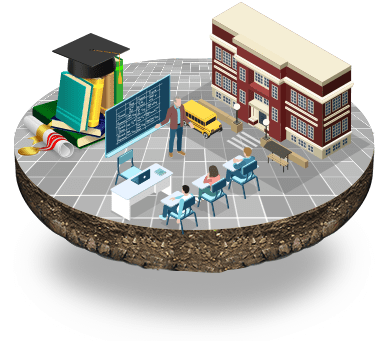








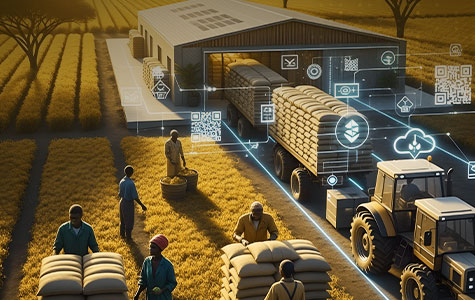










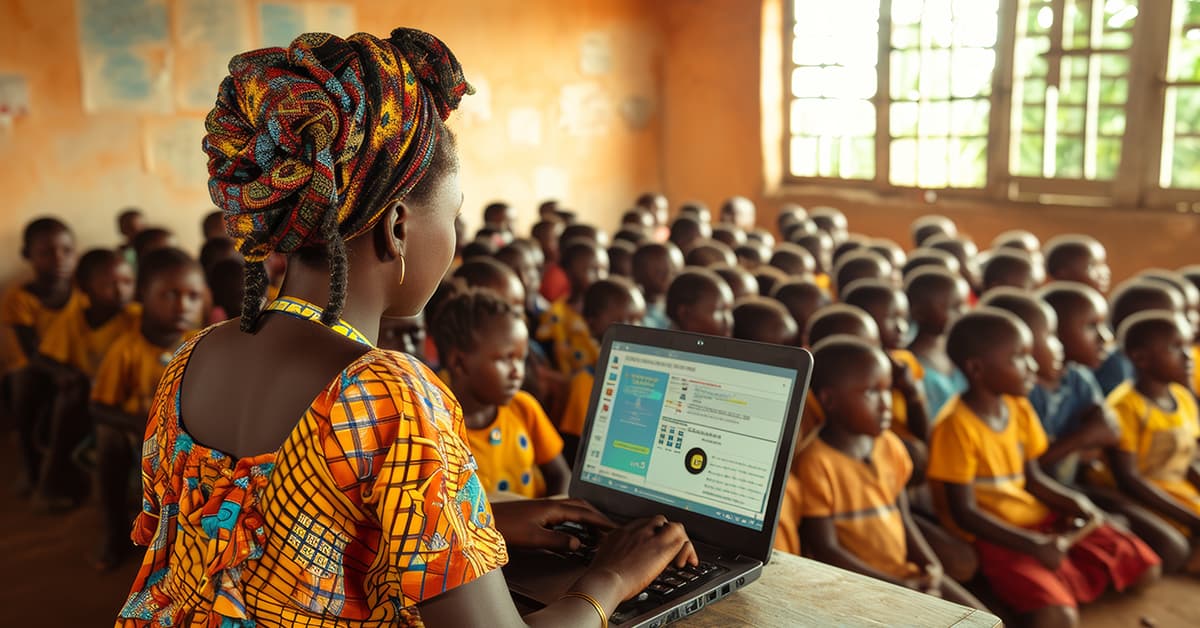

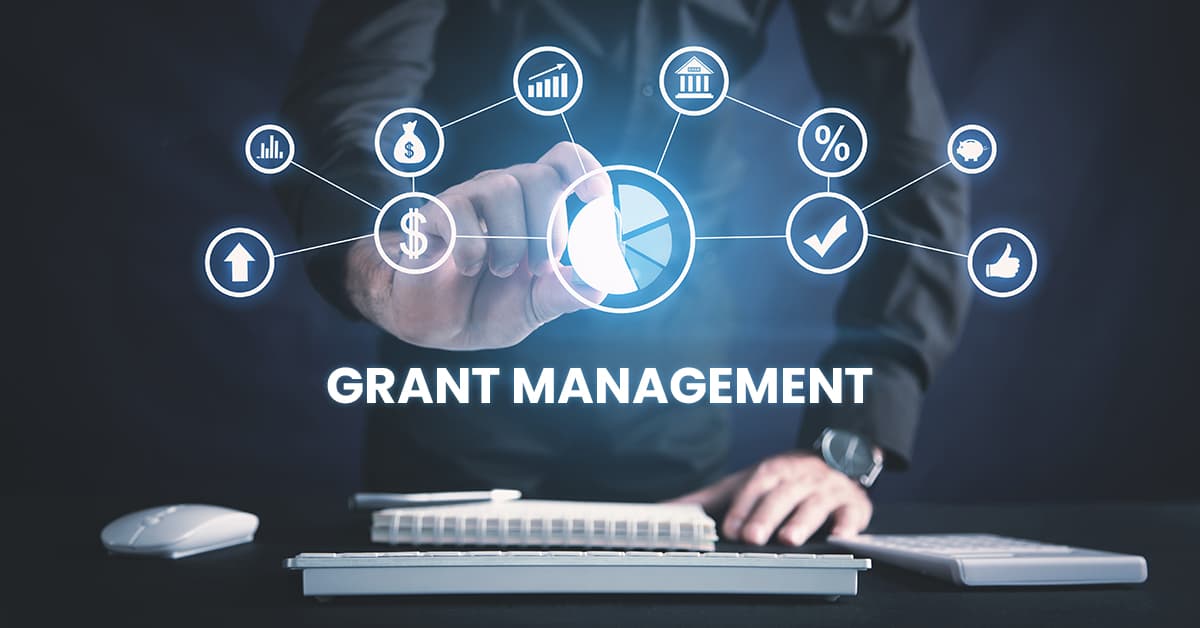






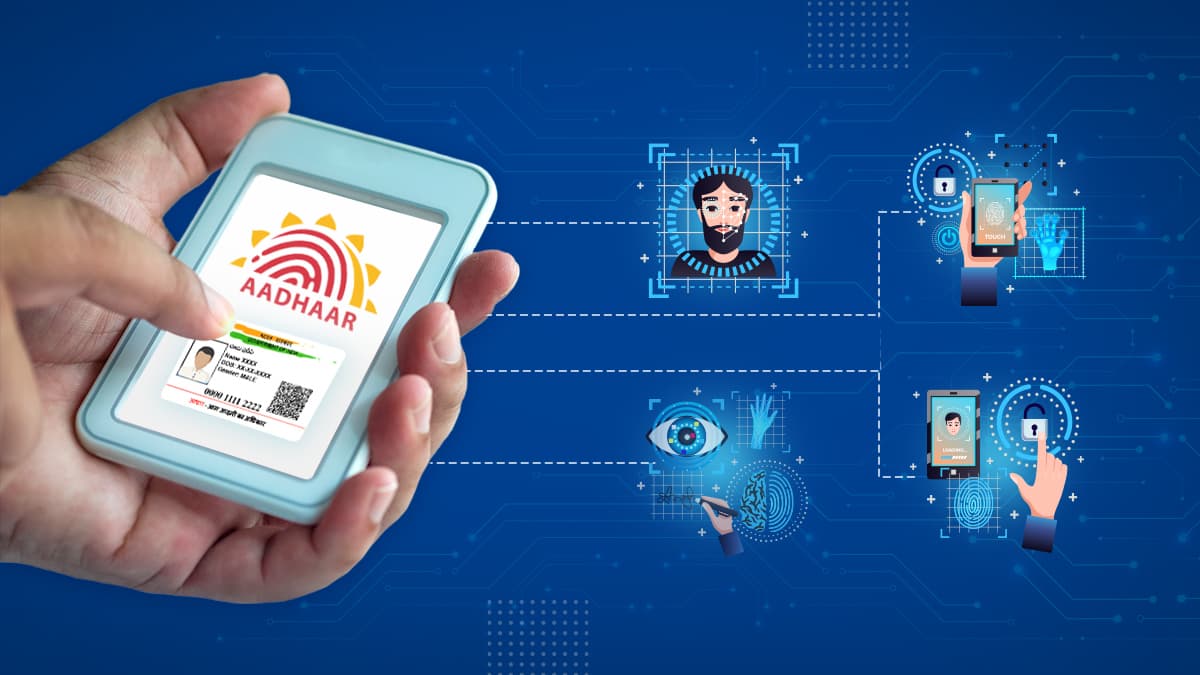




We will verify and publish your comment soon.